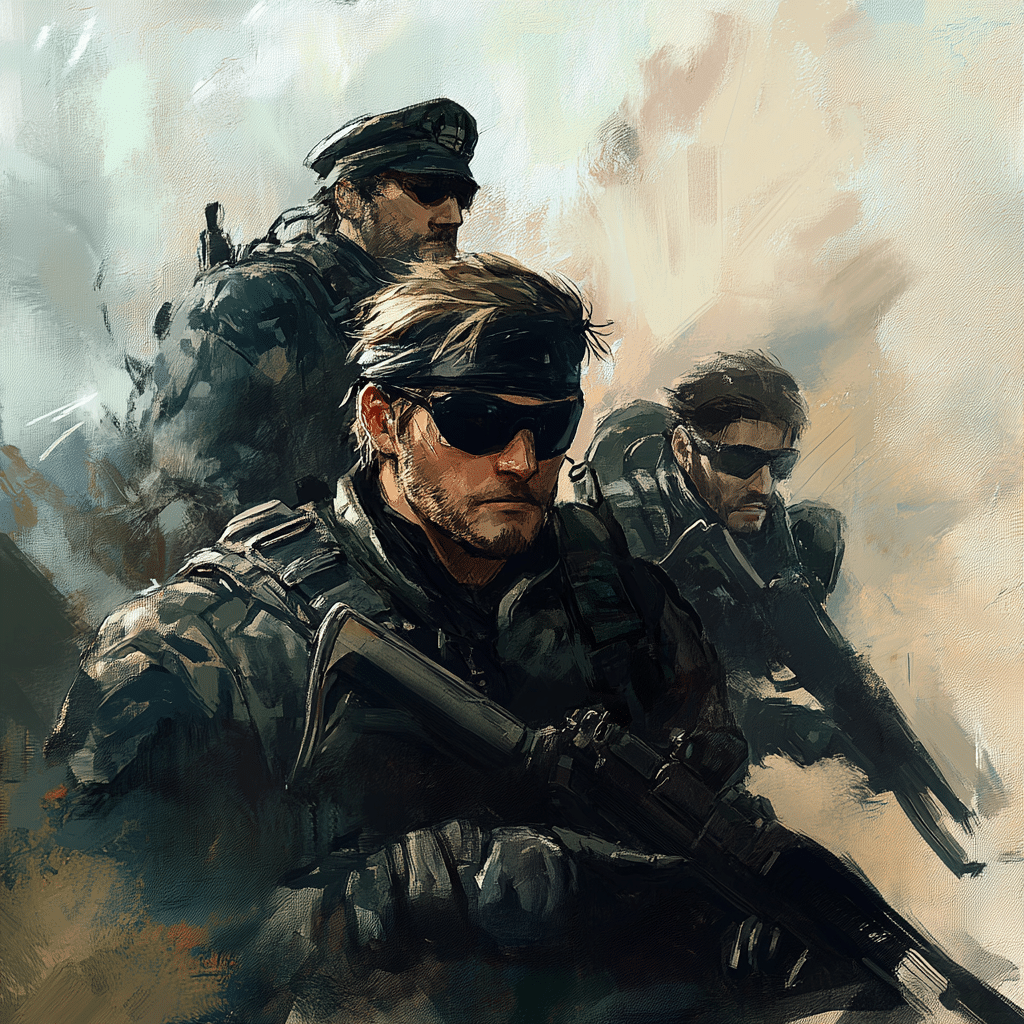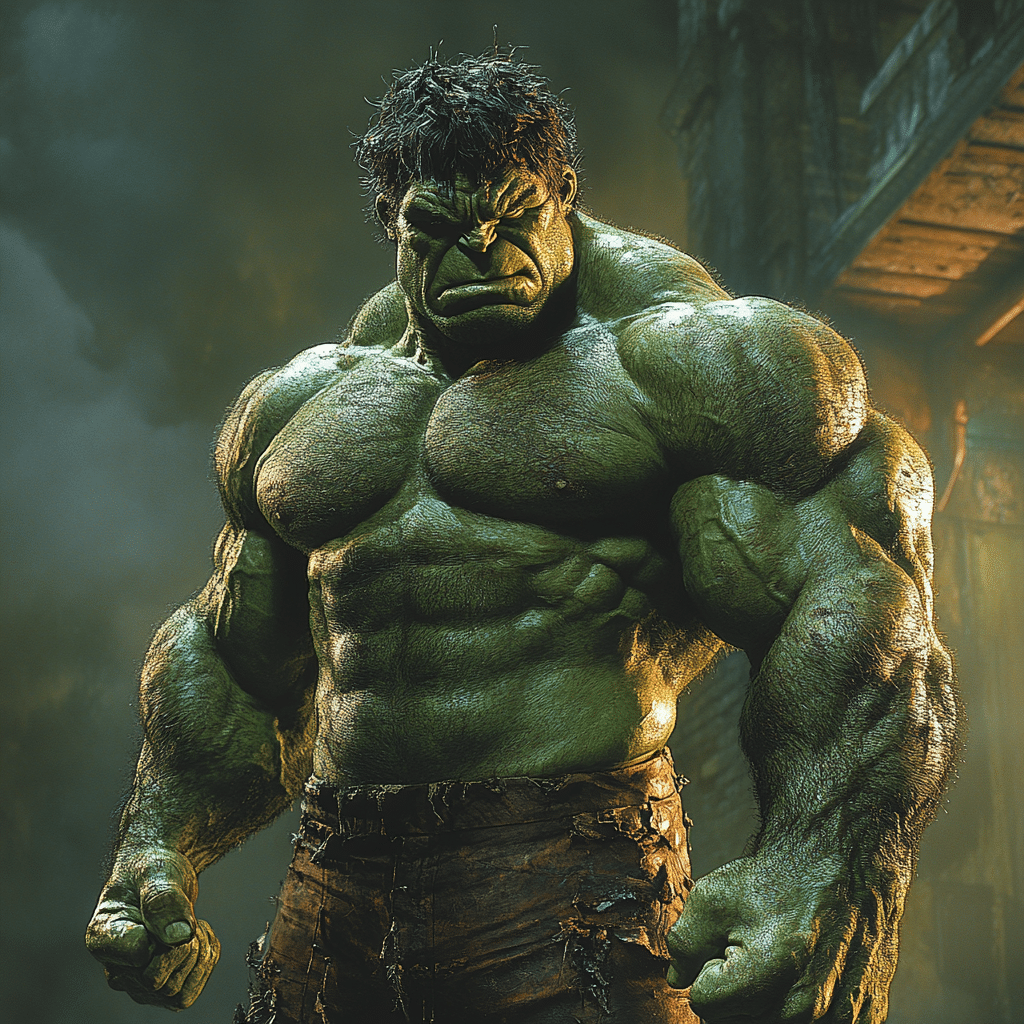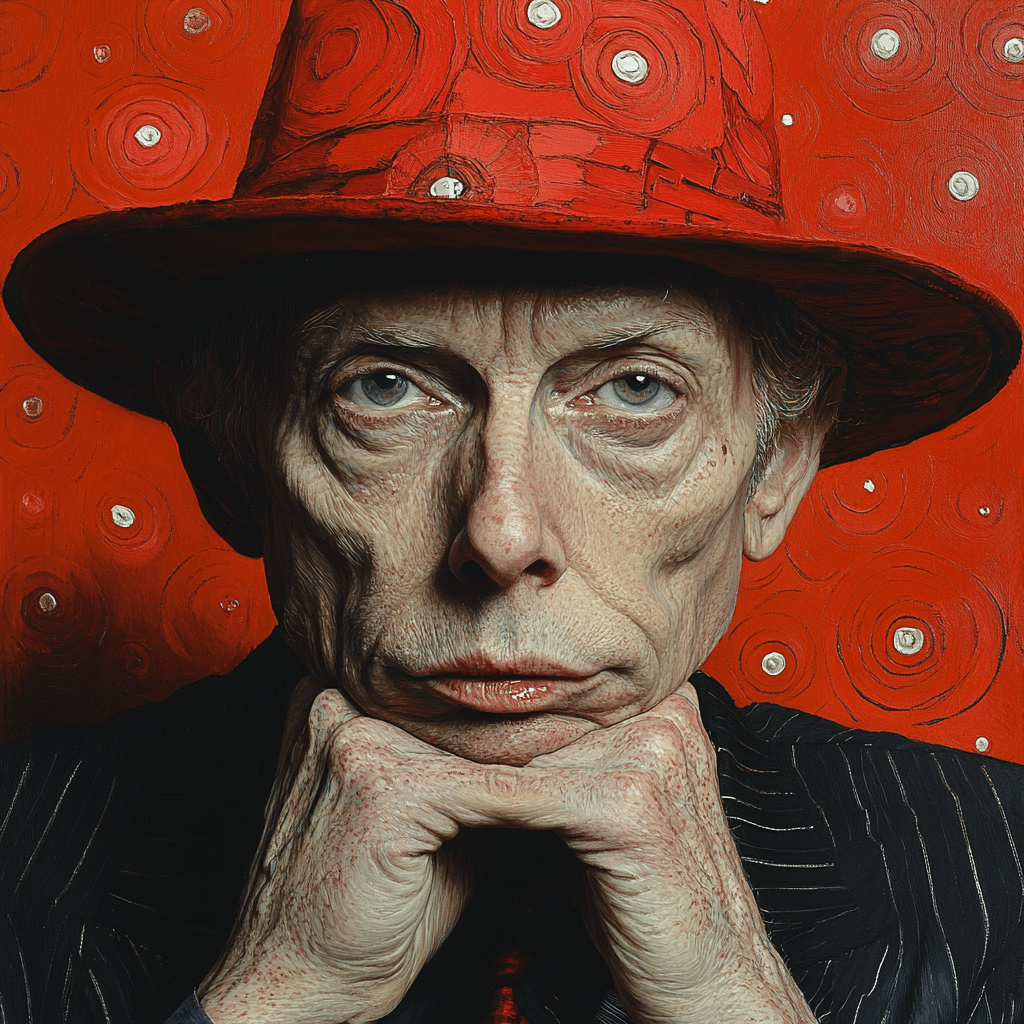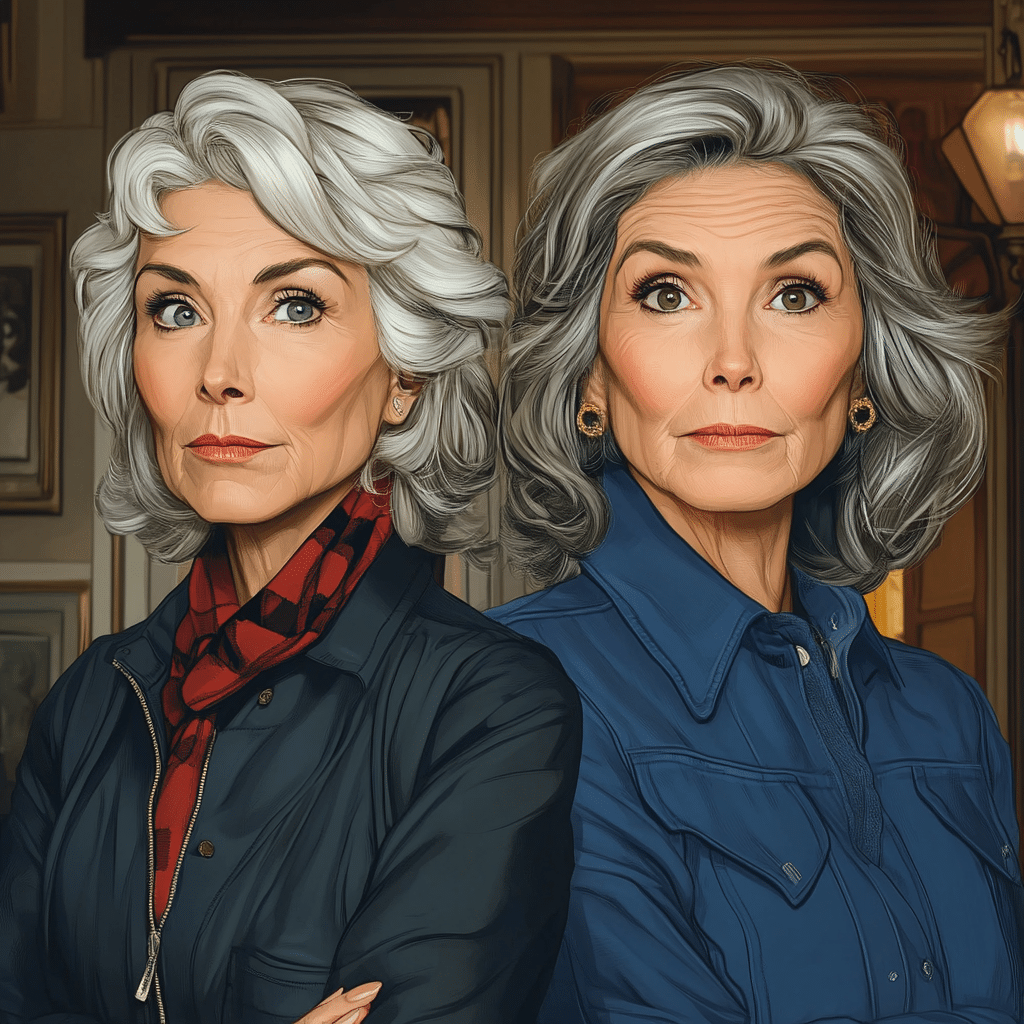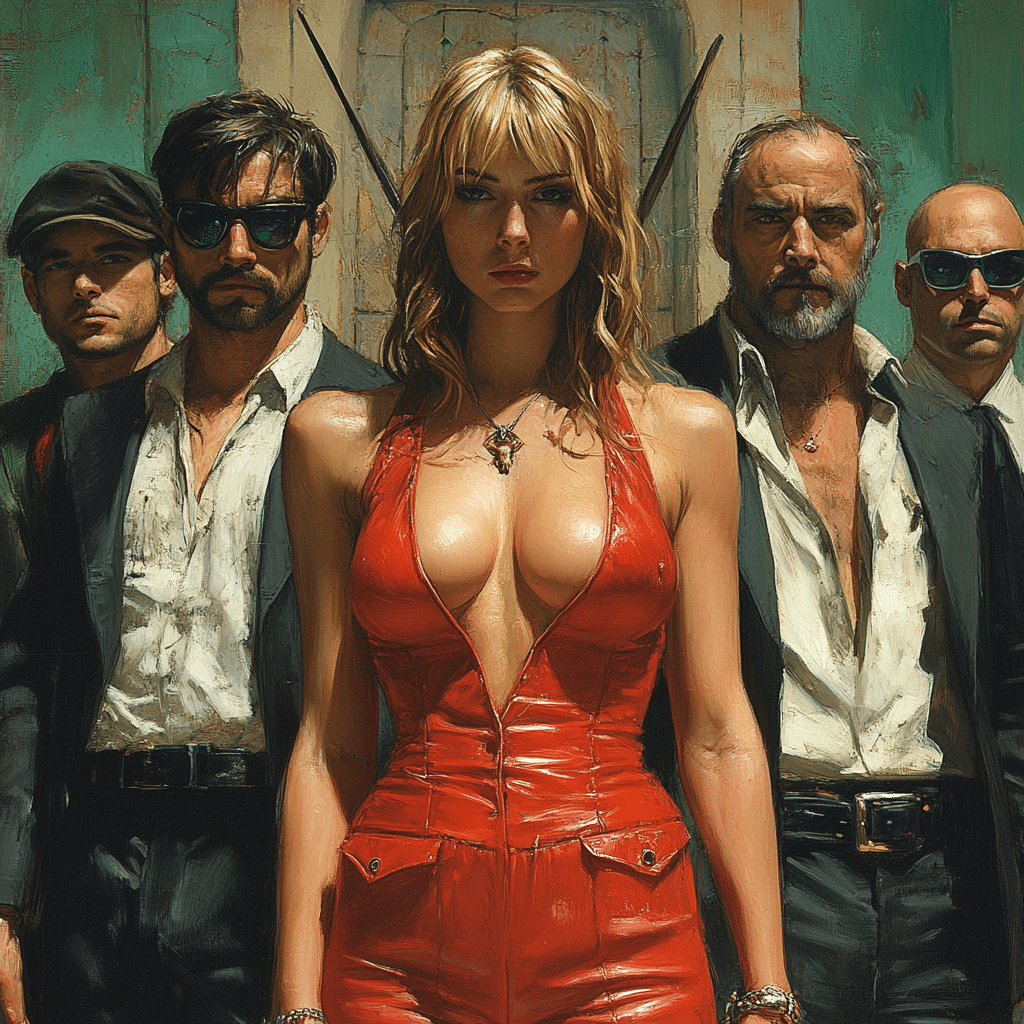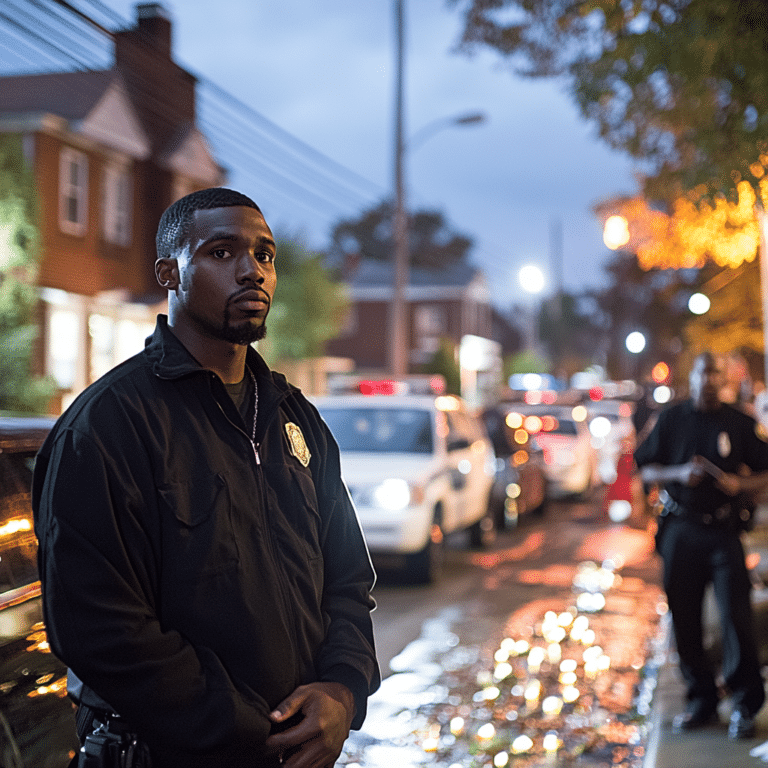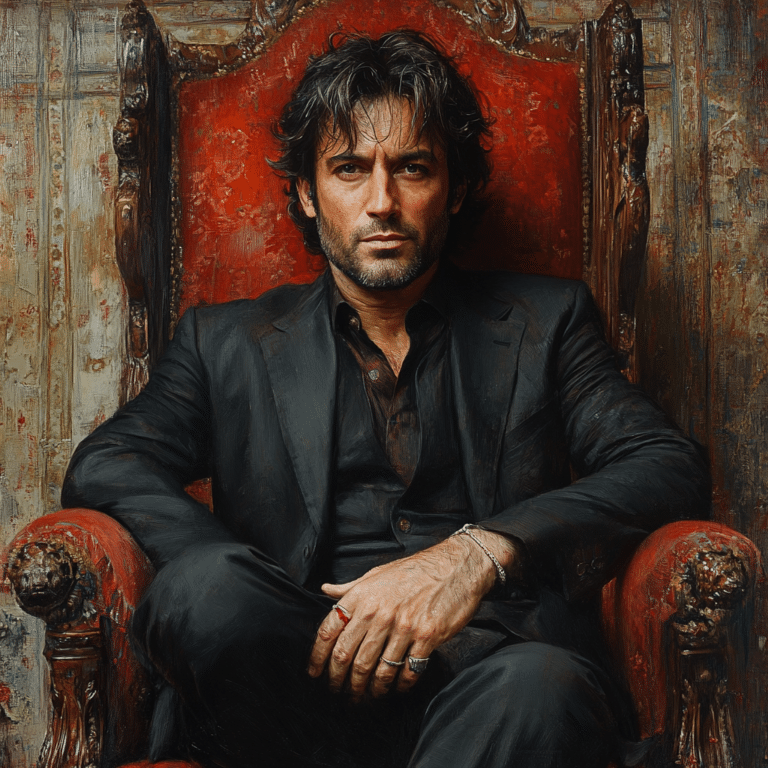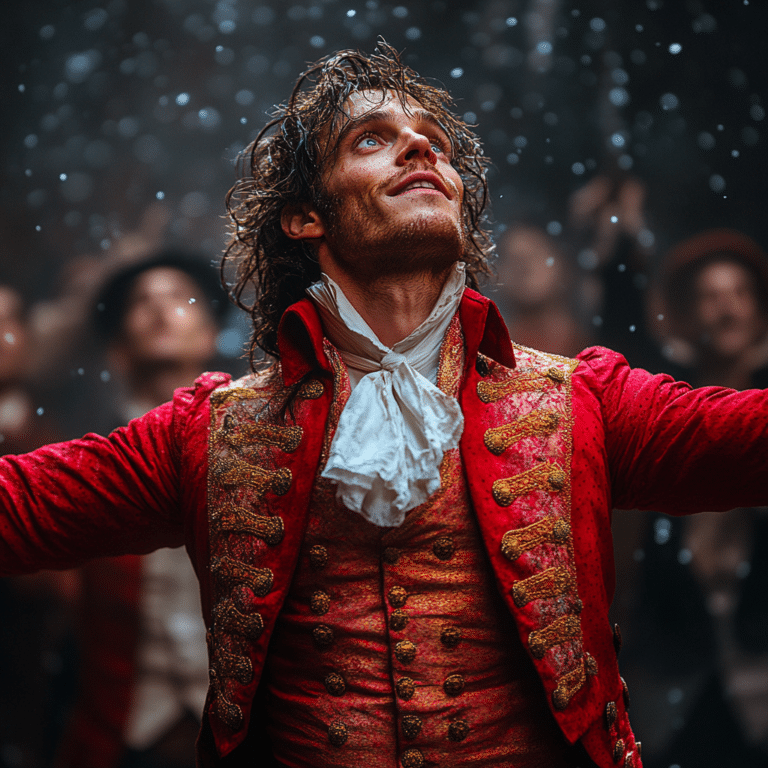Strother Martin, an athlete-turned-actor, remains a celebrated figure in Hollywood for his distinguished contributions to cinema as a character actor par excellence. His unique journey from the diving boards to the silver screen encapsulates not just his own dreams but also the potential of dynamic reinvention. Known for his pivotal roles alongside some of the greatest actors of his time, Strother Martin left an enduring mark on the film industry, etching his name into the pantheon of character acting legends before his untimely death in 1980 from a heart attack.
In an industry where the lights shine brightest on leading men and women, it was Martin’s authentic performances in supporting roles that captured the imaginations of audiences worldwide. So, let’s dive deeper into the life of a man who went from making a splash in competitive diving to stirring performances that remain etched in cinematic history.
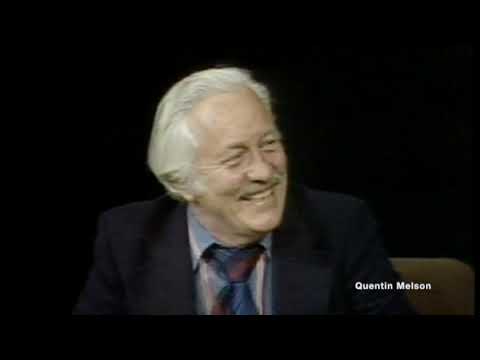
Tracing Strother Martin’s Early Years and Foray into Competitive Diving
Born in Kokomo, Indiana, in 1919, Strother Martin’s athletic prowess was evident early on. At age 17, he found his first taste of national acclaim when he won the National Junior Springboard Division Championship in 1936. His diving style earned him the endearing nickname “T-Bone” Martin, a precursor to the kind of memorable tags he would receive in Hollywood.
His talent on the diving boards was undeniable, but his dreams of Olympic glory were dashed when he narrowly missed out on the 1948 Olympic team due to a 3rd place finish in the adult National Springboard Diving Championships. Though this would be a setback for many, for Martin, it was merely the prelude to a more expansive stage—acting.
A World War II chapter further refined his leadership qualities as he served as a swimming instructor in the U.S. Navy. His tenure in the military not only honed his physical discipline but also instilled in him a resilience that would later prove invaluable in navigating the unpredictable waves of Hollywood.

The Transition to Acting: Strother Martin’s Leap from Diver to the Screen
Post-war America offered new opportunities, and Strother Martin seized them with both hands. The convergence of his competitive edge and stage presence proved potent as he embarked on an acting career. His entry into Hollywood came with minor roles that relied on his athletic build and unique look, yet these were just stepping stones.
The 1950s saw Strother Martin grace the screen alongside Paul Newman in “The Silver Chalice” (1954), marking the start of a recurrent partnership between the two. His perseverance in the field was like his disciplined approach to competitive diving—both required precision, timing, and a great deal of practice.
Breaking through the mold, it was the 1960s that saw Martin’s versatility truly shine through. Showing up on the sets of Westerns, Martin rolled with the punches and gunpowder, swiftly transitioning from a sportsman to a cowboy and other assorted characters that called for a stalwart supporting actor.
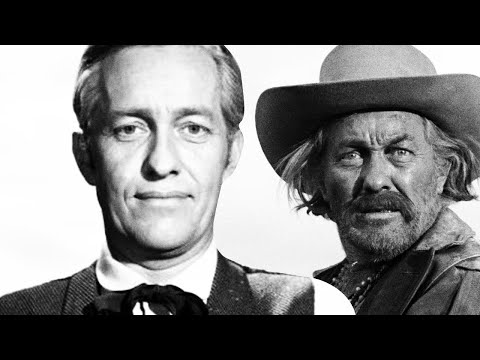
| Category | Information |
|---|---|
| Full Name | Strother Douglas Martin Jr. |
| Born | March 26, 1919 |
| Death | August 1, 1980 |
| Cause of Death | Heart Attack |
| Early Achievement | National Junior Springboard Diving Champion (1936) |
| Military Service | U.S. Navy Swimming Instructor during World War II |
| Notable Nickname | “T-Bone” Martin |
| Olympic Near-Miss | 3rd in National Springboard Diving Championships (missed 1948 Olympic team spot) |
| Acting Career Start | 1950s |
| Breakthrough Role | “The Silver Chalice” (1954), alongside Paul Newman |
| Iconic Roles | “Cool Hand Luke” (1967), “Butch Cassidy and the Sundance Kid” (1969) |
| Gunsmoke Appearances | 11 Episodes |
| Decade of Prominence | 1970s (peak of career) |
| Last Film | “The Champ” (1979) |
| Posthumous Release | “Hotwire” (1980) |
| Legacy | Known for his distinctive character roles and memorable line, “What we’ve got here is failure to communicate” from “Cool Hand Luke”. |
Strother Martin’s Breakout Roles: Crafting an Indelible Mark in Film
Martin’s collaboration with Paul Newman blossomed with iconic roles, notably as the menacing prison camp captain in “Cool Hand Luke” (1967). His delivery of the line, “What we’ve got here is failure to communicate,” echoed across the annals of film history, immortalizing him in the process.
Butch Cassidy and the Sundance Kid (1969) further highlighted Martin’s skill, contributing to the film’s colossal success. Whether it was “Harper” (1966), “Pocket Money” (1972), or “Slap Shot” (1977), Martin’s consistent quality performances revealed his capacity to transform the scripts into visceral experiences for the audiences, his screen presence reliably magnetic.
Martin’s repertoire wasn’t confined to Westerns or dramas alone; his stints on “Gunsmoke,” in 11 memorable episodes, underscored his adaptability to television’s shorter, sharper storytelling format. He maneuvered his characters with the dexterity he once did his dives, ensuring they resonated with viewers long after the credits rolled.

Behind the Scenes: Understanding Strother Martin’s Acting Methodology
Diving into his craft, Strother Martin approached each role with what could be described as a method actor’s dedication. He submerged himself in his characters, finding the essence that made them tick and allowing it to surface in his performances.
His knack for bringing depth to even the most seemingly inconsequential roles was a testament to his in-depth preparation. Well-known in the industry for his ability to deliver complex performances reliably, Martin’s dedication often transformed roles of lesser billing into scene-stealing moments.
Yet, the question remains: how did an athlete refine such skills in the arts? Perhaps the answer lies in the parallels between the precision of a perfect dive and the exactitude of a well-delivered line, both of which Martin mastered in his unique way.
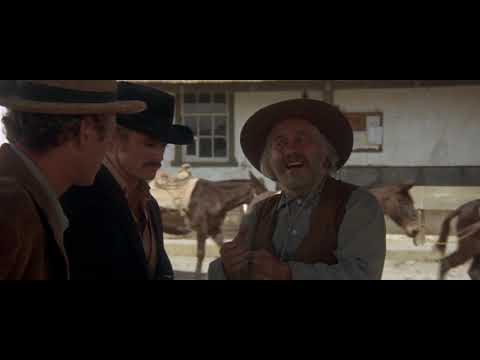
Colleagues and Critics on Strother Martin: The Actor’s Legacy Recounted
Contemporaries from Tinseltown hailed Martin’s prowess: acquaintances from his heyday, such as Finneas O’Connell, whose work can be found through stories and his music, understood the depth and dedication that Strother Martin brought to his roles.
Directors and fellow actors noted that working with Martin was akin to attending a masterclass in character acting. Critiques on his filmography offered praise, positing his talent as a gold standard for supporting actors—a bar that modern period pieces, replete with the demand for authenticity, still regard as a benchmark.
Exploring Strother Martin’s Lesser-Known Works
While Strother Martin’s name often conjures images of Western villains and tough-as-nails characters, he possessed a range that took him from outlaws to everyman roles with the same compelling authority.
Those in the know might recall his adroit turns in television’s landscape or on the theatrical stage, where he could channel an arresting naturalism that made his characters seem to walk right out of real life into the living room, often discussed in tones reserved for the likes of Eden Tirls dramatic acting, underscoring Martin’s versatility and emotional range, uncovered alongside stories of other notable actors.
The Everlasting Influence of Strother Martin in Modern Cinema
Today, in a landscape where fast electric scooters zip by mirroring the ever-accelerating pace of life, Strother Martin’s measured, deliberate acts feel like a portal to a time when characters lingered on-screen, and the nuances of performance were savored like fine wine.
His influence on genres from Westerns to sports films, illustrated vividly by actors who emulate his intensity and directors who recall his legacy to harness characters with substance, serves as an enduring template. Comparable to the allure of Marni Slides in fashion, the significance of Martin’s film persona retains its value, blending timelessness with comfort.
On days like Que se Celebra hoy where film aficionados remember the greats or peruse through Historia Del Día de Acción de Gracias, recounting the stories of cinema, Strother Martin’s work seems to whisper across decades, reminding us that sometimes, supporting roles carve the deepest impressions.
His influence extends to the very essence of storytelling in modern cinema—a medium where the lasting impact of a meaty, well-portrayed character role can elevate a story and captivate generations, much like Sylvester Mccoys iconic roles ripple through time.
From the springboard of athletic achievement to the diverse span of roles across film and television, Strother Martin’s career arc was something quite extraordinary—a clarion call to those who dare to jump into waters of unknown depth with the belief that, beneath the surface, there’s a world of wonder worthy of exploration and remembrance.
The Fascinating Journey of Strother Martin
Well, isn’t this a slice of history? Hold onto your hats, because Strother Martin, an actor whose visage is stamped in the annals of classic cinema, dabbled in more than just line rehearsal and character study. Before shining on the silver screen, Martin tested his mettle in rather different waters. You know what they say, “April showers bring May flowers,” but for Martin, every splash in the pool was a stepping stone to his flowering acting career. Did you ever pause to ponder, “What day is it today?” – the same question could’ve crossed Martin’s mind when he transitioned from a national diving champion to a Hollywood staple.
Speaking of unexpected turns, it’s quite the kicker that Martin’s signature line, “What we’ve got here is failure to communicate,” from the film “Cool Hand Luke,” nearly etches the essence of his own life story. From the moment he soared from the diving board, Martin epitomized a man who was never at a loss for words or a flip in life’s script. His acting chops weren’t just honed; they were carved out of a lifetime of seizing moments, just as he seized the day during his diving days.
Transitioning into the screen, Strother Martin found his niche in portraying wild-eyed and off-kilter characters, making a considerable splash with audiences across the board. Who would have guessed that the same guy doing somersaults into the pool would later somersault into our hearts with performances that boasted his impeccable comedic timing and dramatic gravitas? Now, isn’t that something to talk about?
Hold the phone, there’s more! Beyond the set, Martin was as down-to-earth as they come, a testament to his rural roots. Perhaps those dives not only made waves in the water but also rippled into his everyman appeal on screen. So, whenever you’re inclined to ask yourself, “What day is it today?” – think of Strother Martin. For all you know, it could be your diving board into an odyssey as spellbinding as his.

What happened to Strother Martin?
Strother Martin was at the top of his game, acting in significant roles throughout the 70s, but his life was cut short when he died of a heart attack in 1980.
How many times did strother martin appear on Gunsmoke?
He popped up in Gunsmoke as a guest star 11 times, each time leaving a memorable mark on the iconic show.
How many movies did Paul Newman make with Strother Martin?
Strother Martin and Paul Newman teamed up for quite the film lineup, appearing in six movies together including classics like Butch Cassidy and the Sundance Kid.
Was Strother Martin in the military?
During World War II, he served his country by joining the U.S. Navy, where he was a swimming instructor.
How many John Wayne movies was Strother Martin in?
As for sharing the screen with John Wayne, it happened in five movies, giving fans plenty of chances to see their chemistry.
Was Strother Martin ever nominated for an Oscar?
Strother Martin never got a shot at an Oscar, as he wasn’t ever nominated for the prestigious award.
How old was James Arness in the last Gunsmoke movie?
By the time James Arness reprised his role in the final Gunsmoke movie, he was 71 years old, still dishing out justice as the beloved Marshal Matt Dillon.
What female made the most guest appearances on Gunsmoke?
With a whopping 11 guest spots on Gunsmoke, Amanda Blake holds the record for the most appearances by a female artist.
How old was James Arness in Gunsmoke movies?
James Arness was quite the seasoned actor when he appeared in the Gunsmoke movies, being in his late 60s and early 70s.
What movie did Paul Newman win best actor for?
Paul Newman snagged the Best Actor Oscar for his knockout role as Fast Eddie Felson in the film, “The Color of Money.”
What movies did Robert Redford and Paul Newman make together?
Paul Newman and Robert Redford proved to be one heck of a dynamic duo, collaborating on two unforgettable films: Butch Cassidy and the Sundance Kid and The Sting.
What movie did Paul Newman win an Oscar for?
It was for his stellar performance as Fast Eddie in “The Color of Money” that Paul Newman finally took home the Oscar gold for Best Actor.
Who played Ben Snow in Gunsmoke?
The character of Ben Snow was brought to life by none other than Strother Martin, who gave an unforgettable performance in Gunsmoke.
Where did Strother Martin live?
Strother Martin made his home in the hustle and bustle of Los Angeles, California, which was the perfect backdrop for his acting career.
What we have here is the failure to communicate?
That’s the famous line from the film ‘Cool Hand Luke,’ where Strother Martin, playing the role of the prison captain, delivers this iconic bit of dialogue that’s since become a classic quote in film history.

